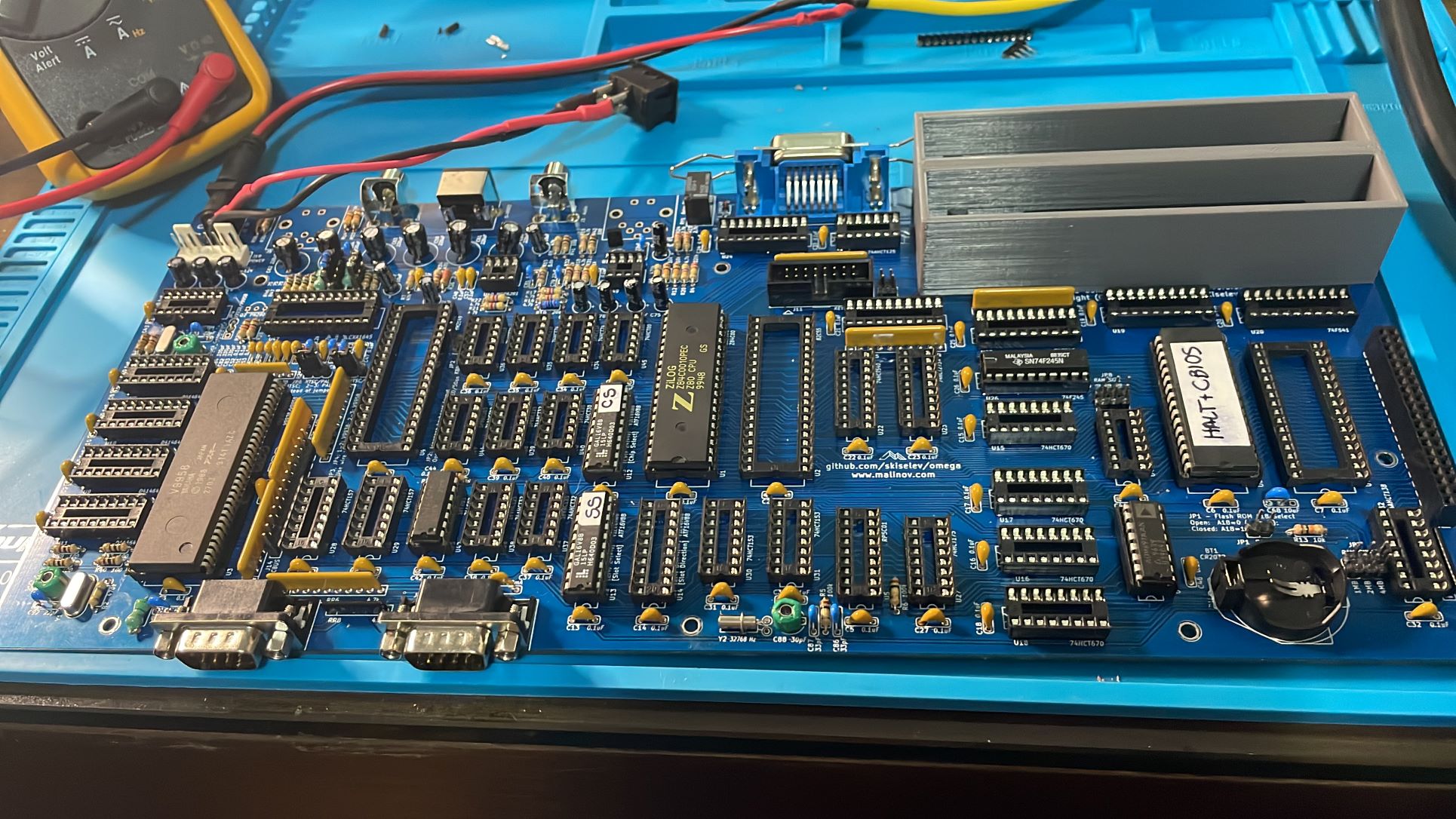My 20 years with Microsoft and almost 40 years of MSX
Imagine you my dear friend, that in the early 80’s the PC was yet to be invented. The options for having a computer at home were very scarce. Each manufacturer creating their own hardware and their own software systems.
The worst part is that all sorts of incompatibilities were there. You could not take an expansion card from one computer and use on another, software was also not compatible… for systems that used cartridges like the Tandys and TRS-80s, it was also impossible to exchange cartridges.



Then comes to the story Mr. Kazuhiko Nishi, son of a teacher and executive of a Japanese company called ASCII.
Super connected to what was happening in the computer scene at that time he saw that Microsoft Basic was becoming the industry standard in the United States.
In 1978 Mr. Nishi met Bill Gates. The friendship has fruited and the two companies saw a joint opportunity (Mr. Nishi was also Microsoft VP in Japan for some time). It was at that point that the concepts that guided the MSX standard emerged.
After watching the video I bet you shivered when the guy replaced the cartridges without turning the computers off. LOL!
MSX stands for (Machines with Software eXchangeability) and consists of a minimal set of software and hardware that a computer must have to be considered compatible with the standard. That was a great idea, we could have multiple companies creating computers compatible with the standard and the whole community could leverage software and hardware in any compatible machine.
The first MSX compliant computer was officially released in 1983. Almost all electronics manufacturers of the time jumped on the project and launched their machines to the market. And I’m speaking about companies like Sony, Philips, Yamaha, Pioneer, Sanyo and many others.
More than five million machines were sold in Japan alone and MSX was one of the leading platforms of major Japanese gaming studios such as Konami, for example.
Not only in Japan, but in South Korea, Argentina and also in Brazil, MSX was one of the most widely used personal computers of the 80s. It was also very popular in Europe, especially in Spain and in the Netherlands.
Here in Brazil Sharp and Gradiente launched the famous HotBit, in the case of Sharp and the Expert, in the case of Gradiente. Both in multiple versions.


My story with MSX dates back to 1989, when with the help my mother I managed to buy a Gradiente Expert. I was amazed by that thing, always in stores searching for games … first on cassette tapes and after some time on 5- and 1/4-inch diskettes.
At that time I was already working and managed to buy a floppy drive. I started collecting the games and studying programming, until I traded my MSX for a Commodore Amiga years later. But that’s another story.
What are we here for today? To celebrate my 20+ years of working at Microsoft and to celebrate the nearly 40 years of MSX. Well, I hope to finish this project here before the standard turns 40. Funny story is that even with Microsoft playing an important role in the MSX story, most of my Microsoft colleagues don’t know about the standard or the importance MSX had for the computer history.
LET’S BUILD A BRAND NEW MSX in 2022! But I have some basic requirements:
- First. Can’t be an emulator with a cute MSX case. That´s not the idea here. I know there are very good emulators out there and some projects incorporating an emulator in a case running Raspberry PI for example.
- Second. It cannot be an FPGA programmed MSX (at least not at this moment – I have plans in that direction tough). I´ve seen some projects based in FPGAs, including some created by Brazilians, but what I really want is the journey to build one with the conventional components.
- Third. Must follow the MSX standard from the eighties and support cartridges, floppy drives, cassette tapes etc.
Browsing the other day on GitHub I found a project called Omega MSX. Impressive how interesting these open source hardware projects are. The owner of the repo, Sergey Kiselev uploaded the logical diagrams, electronic schematics, designs of the printed circuit boards, bios ROMs to download and program the chips… well everything I need.


Right, but we need a list of all the components required. Resistors, capacitors, integrated circuits, connectors, cables and all the necessary things to build the computer from scratch. In possession of the list, we can start the arduous mining of components in the various electronics stores, looking for outdated and vintage tiny electronic elements. Thank God we have online stores like Mouser.com and Ali Express. You can find anything there.
But where to get the bill of materials? There comes a group from Spain, named MSX Makers. On their site a person named Jordi Solis documented several MSX-related projects, including the Omega MSX he built. Fortunately he published on the site the list of materials that are needed to build the computer. Worth a visit!
The initial idea is to order everything possible from local electronic stores, the ones I can’t find, let’s order from mouser.com and other stores abroad. Hope the Brazilians customs does not charge me a fortune in taxes.
Stay tuned for part 2. Hope to get everything needed to start the building soon. I’ll dedicate part of my weekends to the project and document everything here.
Cristiano.



